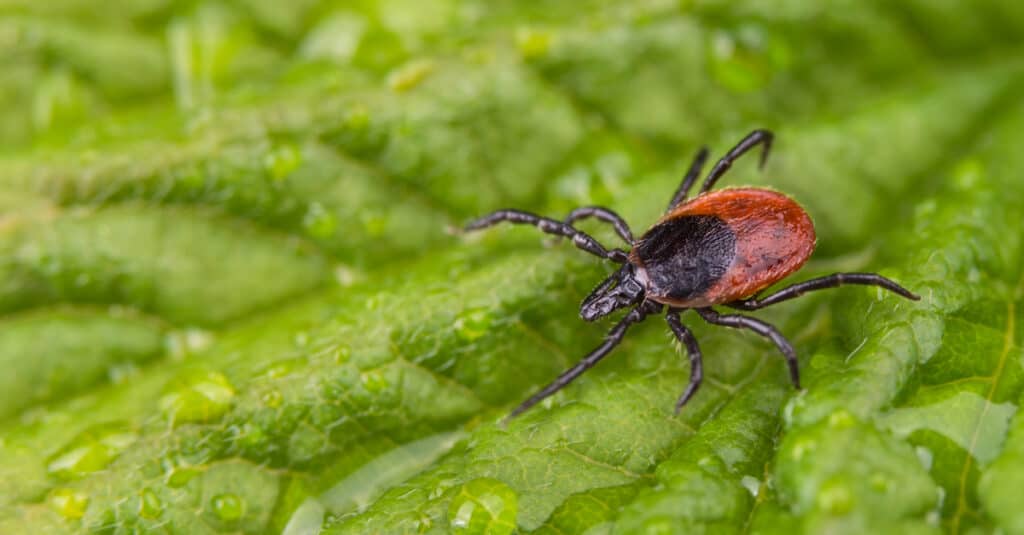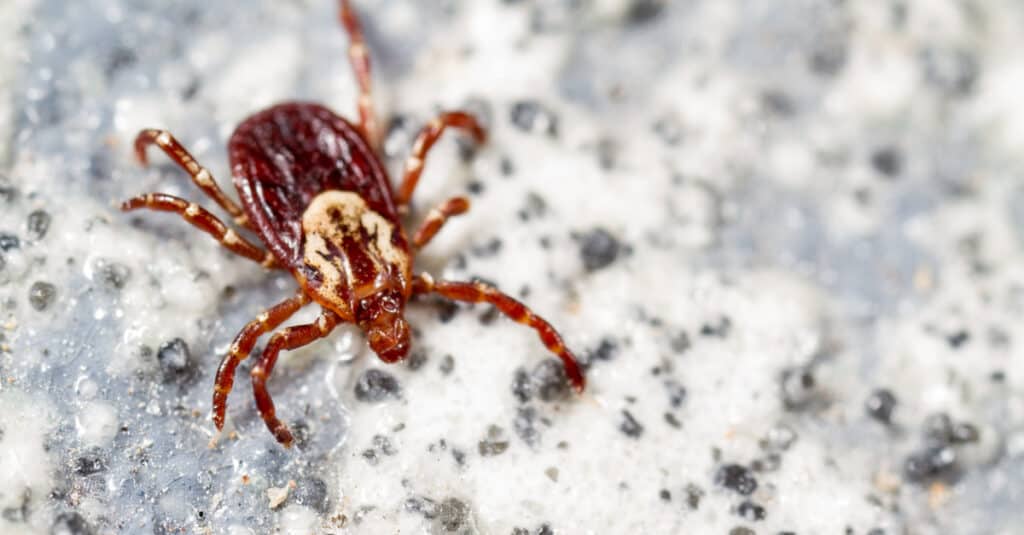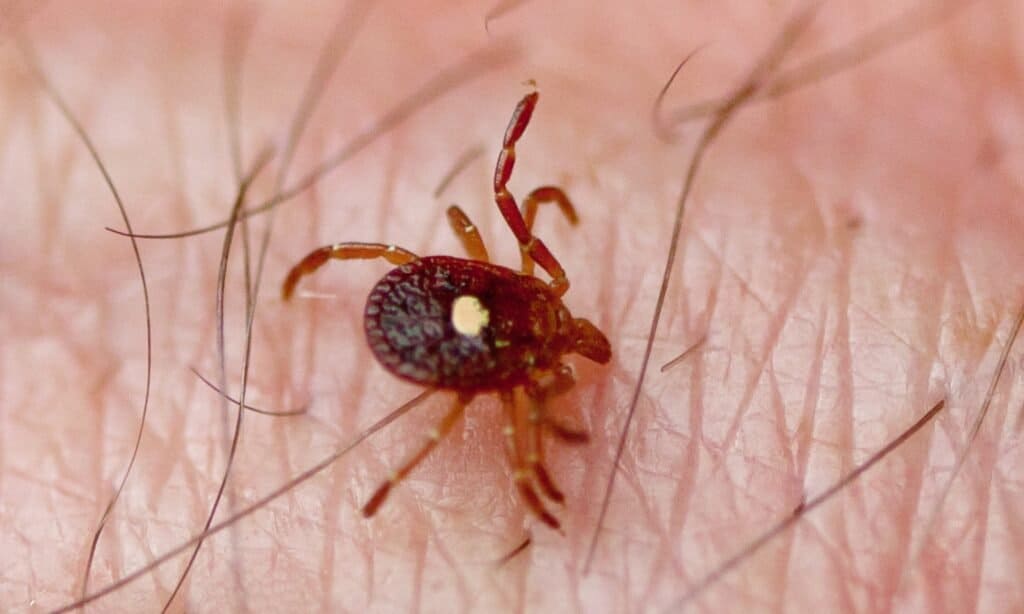A tick is a tiny arachnid. Animals and humans provide ticks with blood for survival. Ticks, however, are quite dangerous because some of them spread disease as they move from one host to another. It is important to know that there are different types of ticks in the United States. This means that you may be exposed to certain species of ticks based on your location. Therefore, it is important to know how to distinguish different tick species. In this article, we’re going to look into red ticks and what makes them this color.
Here are some facts about red ticks and what gives them their red color. You will also learn how to avoid getting bitten by a tick as well.
Red Ticks: What Makes Them This Color?
In terms of ticks and their appearance, you may have noticed that they come in different colors. A tick’s body resembles a flattened oval or teardrop shape before it feeds. As far as color goes, it depends on the species. The variety of colors they come in can range from brown to reddish brown, to even black. It is common for ticks to appear gray or blue when they are filled with blood.
In spite of this, no naturally occurring red tick species has been identified. The reddish color of ticks can sometimes be caused by the fact that they are feeding. In the event that you find a red tick, it’s most likely a soft tick, which is part of the family Argasidae. However, this isn’t always the case.
The different species of ticks that can become red in color when feeding include:
Black-legged Ticks

Deer ticks prefer feeding on white-tailed deer, hence their name.
©KPixMining/Shutterstock.com
This notorious biting arachnid is called the black-legged tick because of its dark legs. They’re sometimes called deer ticks because they prefer white-tailed deer as their hosts. The deer tick carries Lyme disease and several other diseases, making it one of the most dangerous types of ticks. The deer tick has a flat, oval body, and it has a soft shell. Most often, deer ticks are found in the northern parts of the country, but they are becoming more prevalent along the entire east coast. There is a red and black color scheme on female deer ticks. A male deer tick, however, is a solid black color.
American Dog Tick

The American Dog tick is a hard tick that can spread a variety of diseases.
©Elliotte Rusty Harold/Shutterstock.com
American dog ticks are also called wood ticks due to their preference for feeding on domestic dogs, as well as the fact they are only found in North America. Whenever they get into an area, these ticks quickly infest it. Although they’re called “dog” ticks, they’re capable of thriving on anything. American dog ticks are hard ticks, which means they possess a hard exterior shield. Although some brown dog ticks appear more red than brown, they are actually a reddish brown color. There is a possibility that brown dog ticks can transmit Babesiosis and Ehrlichiosis. Babesiosis damages your red blood cells as a result of a parasitic infection. Ehrlichiosis, on the other hand, is a tickborne infection affecting your blood and causing a slew of side effects.
Lone Star Tick

The lone star tick has a single white spot on its back, which gives it the name lone star tick.
©iStock.com/epantha
There is a single silvery-white spot on the back of the female lone star tick. This spot gives the tick its name. There are more of these ticks attacking humans in the east and southeast than any other tick species. It is possible to contract diseases from lone star tick bites. They can cause circular rashes occasionally. A lone star tick has a reddish-brown oval body that turns slate gray when fully fed. There has been a link between the bite of this tick and delayed allergic reactions to red meat in some humans. As this tick’s geographic range expands, this allergy, known as “alpha-gal” allergy, has continued to gain attention.
Can Ticks Jump On You?
We now know which ticks are red and why they are red, so let’s find out how they locate their hosts. People have a great deal of fear about ticks hopping from host to host. It is important to note, however, that ticks can neither fly nor jump. In many tick species, however, the position of “questing” is the most common way they find a host. Ticks cling to leaves and grass with their third and fourth pairs of legs while they are hunting. In preparation for climbing on the host, they hold the first pair of legs outstretched. In just a few seconds, a tick climbs aboard once a host brushes near the spot where one is hiding.
How To Avoid Getting Bitten By A Tick
It is possible to avoid becoming dinner for a tick by taking a few precautions. Do you happen to love going on long hikes? Don’t wander off the hiking trail into the high grass or brush on the edges. Keep to the middle of the paths. Make sure you avoid tall grass and brush as much as possible. You should use insect repellent when hiking, such as DEET on the body and permethrin on clothing. The chemical permethrin is a pesticide often used to kill ticks that is applied to clothing rather than your skin. In contrast to other chemicals, permethrin does not need to be reapplied regularly. During hiking, you will be able to prevent ticks from getting on your skin by wearing long pants and shirts that are lightweight.
The photo featured at the top of this post is © Kaldari / Creative Commons – License / Original
Thank you for reading! Have some feedback for us? Contact the AZ Animals editorial team.






